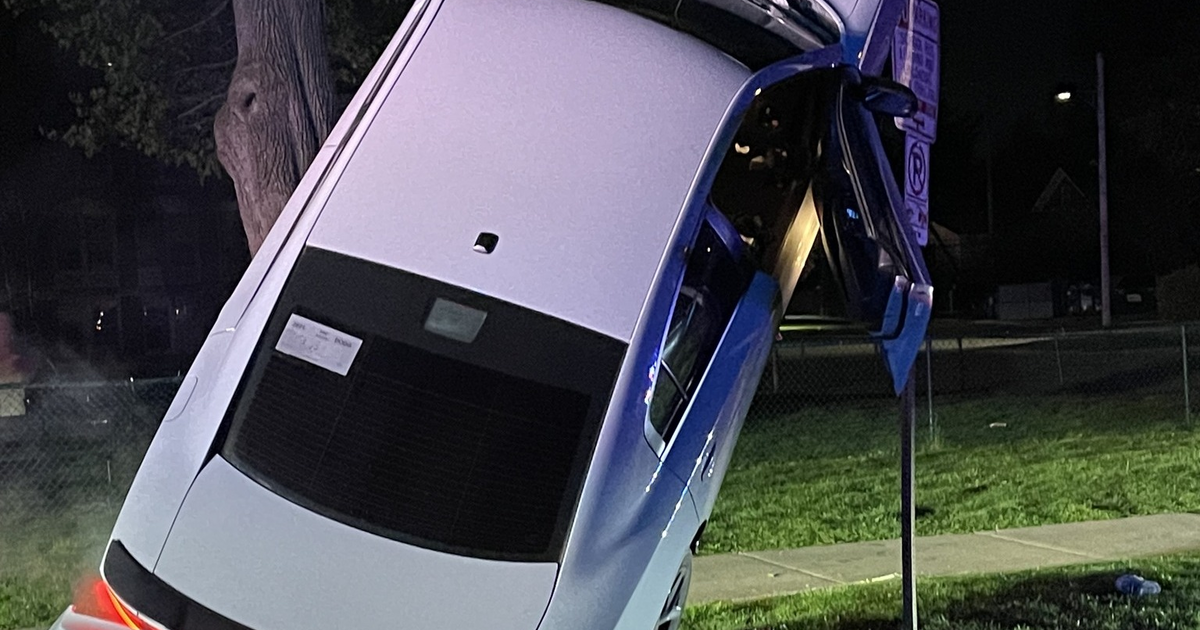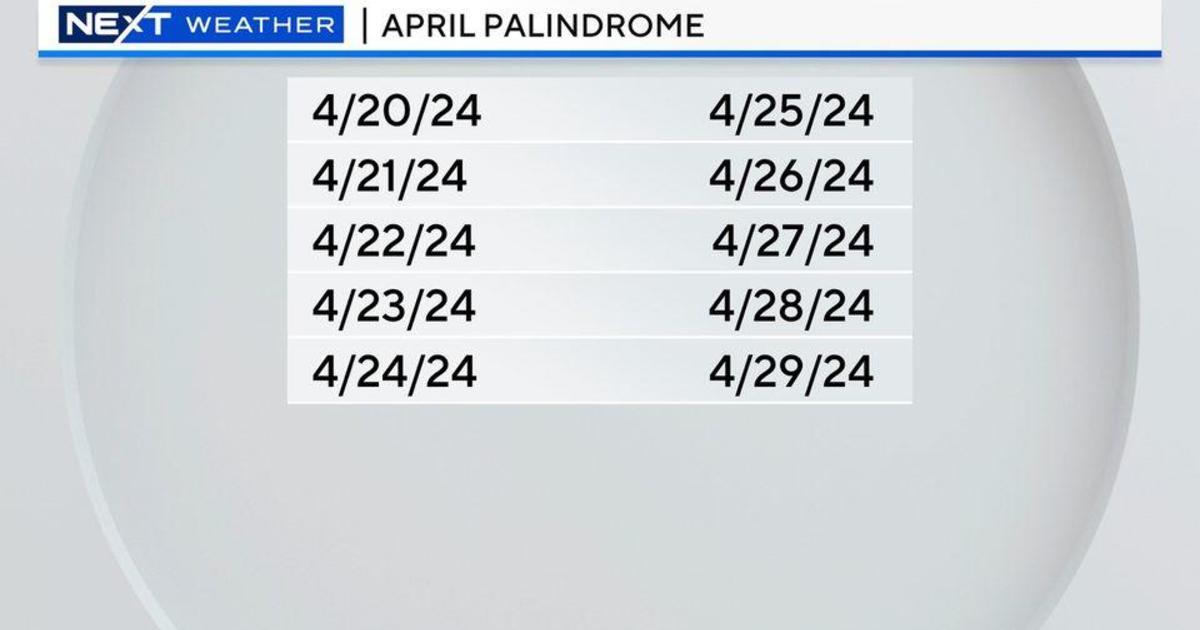UM Physicist On Her Big Bang Model's Validation: 'Woo hoo!'
ANN ARBOR (WWJ) -- It's not every day you get a "woo hoo!" out of a physicist.
But that's just what happened earlier this week, when a University of Michigan physicist's 25-year-old theory turned out to be one of the few models that explain the formation of the universe based on new information about rapid expansion of the universe just after the Big Bang some 14 billion years ago.
In a major announcement this week, a team of astronomers reported at the Harvard-Smithsonian Center for Astrophysics that their experiment had detected gravitational waves -- ripples in spacetime that serve as direct evidence of inflation. Inflation refers to a period just after the Big Bang in which the universe underwent a rapid and exponential expansion, before its expansion slowed. Only that kind of expansion would result in the even distribution of galaxies we see in the universe today.
"There are only a small number of simple models that can still accurately describe the observations," said Katherine Freese, the George E Uhlenbeck Collegiate Professor of Physics in the UM College of Literature, Science, and the Arts.
One that does was devised by Freese and her colleagues in a 1990 paper in Physical Review Letters. It's a model that describes a property of particles called shift symmetry that makes the universe's rapid early expansion possible.
"You write down a model; you assume it's going to be ruled out," Freese said in an email. "Can you imagine my surprise 25 years later that, instead, it fits the data well? Woo hoo!"
The gravity wave discovery is considered a major landmark in cosmology. Einstein's General Relativity predicted gravity waves, but this is the first time they've been detected directly.
Freese's "natural inflation" model, which she describes as much simpler than some of its failed counterparts, will serve as a starting point for scientists to deepen their understanding of inflation and the earliest universe. The newly discovered signals from the earliest moments of the Big Bang give insight into the laws of physics at energies a trillion times higher than those of any particle accelerator on Earth. These signals will guide theorists as they strive to develop a Grand Unified Theory that connects the four fundamental forces in the Standard Model of elementary particles. They can also use them to test General Relativity, and to flesh out the story of the new inflation particle that they believe is responsible for inflation.
"This discovery is opening up exciting new theoretical and observational directions," Freese said.
The original paper, "Natural inflation with pseudo Nambu-Goldstone Bosons," is published online at http://bit.ly/1ot5Rcl.



